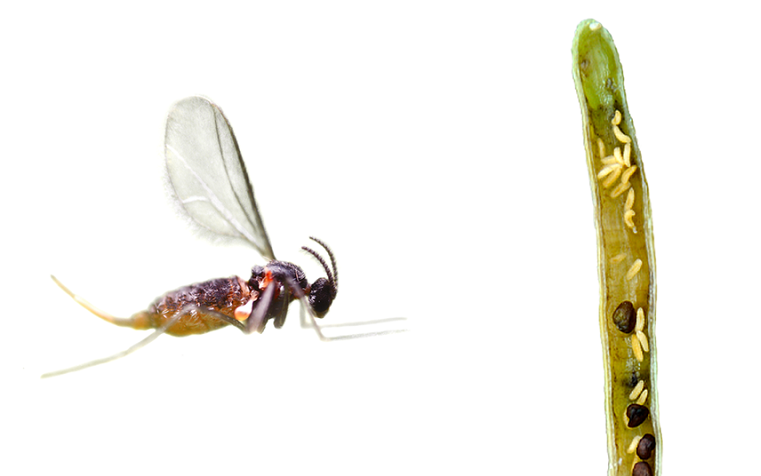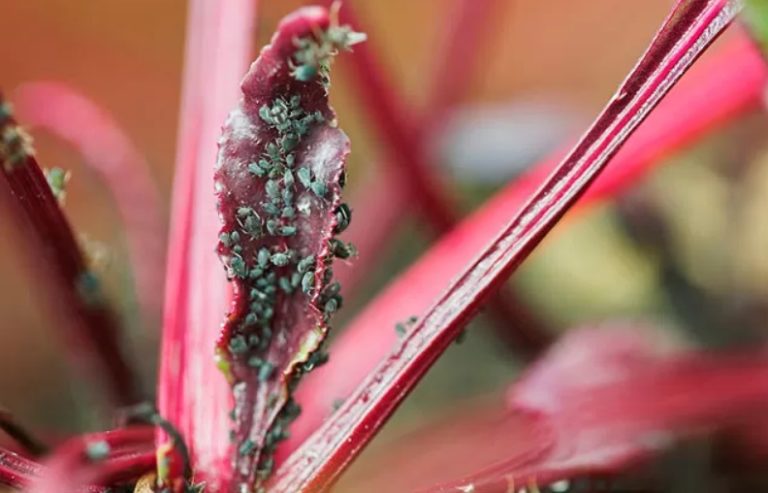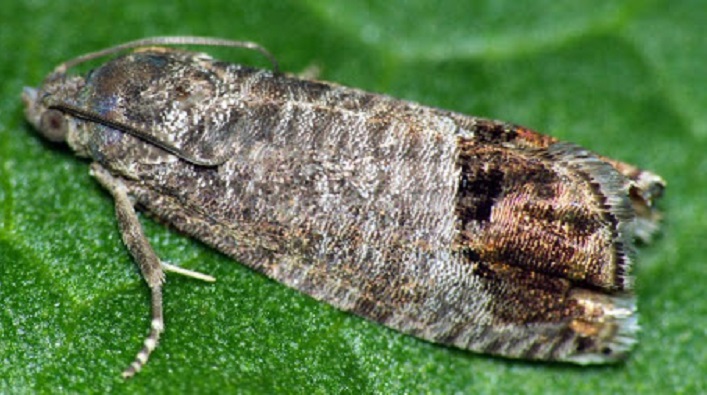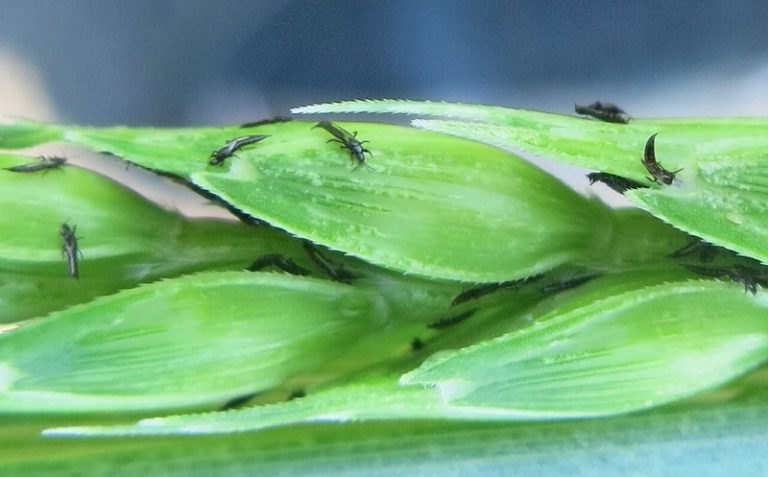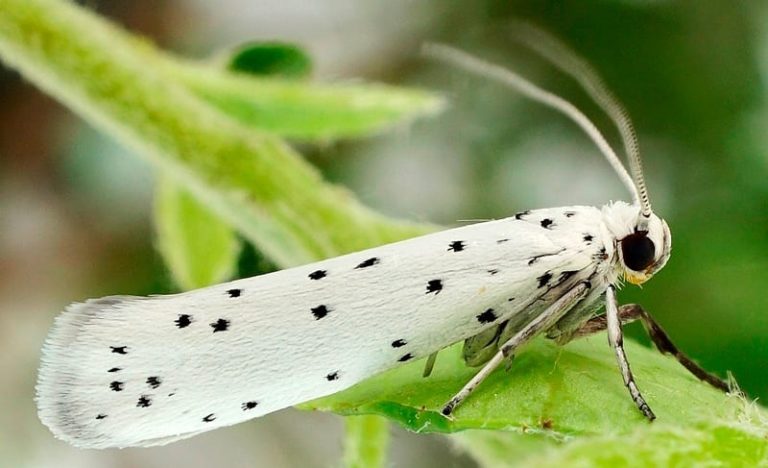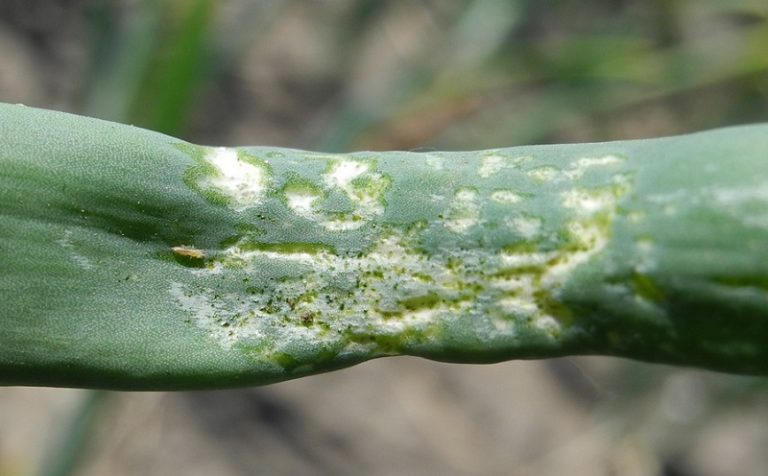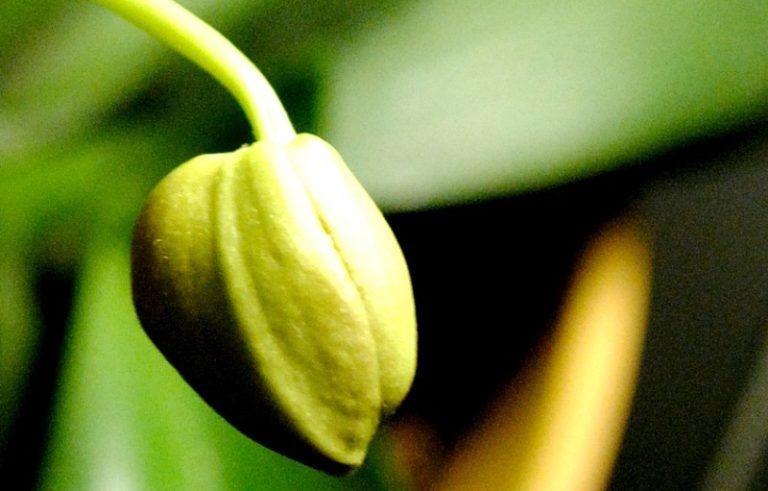Capsicum cabbage mosquito – signs of appearance, methods of control
Capsicum cabbage mosquito – harms both at the larval stage and adult insect. The larvae feed on seeds, as a result of which the pod cracks and the seeds spill out. Adult insects cause the most harm in dry, calm weather.
Description of the capsicum cabbage mosquito
Cabbage cap mosquito (Dasineura brassicae Winn.) – you can recognize the green cabbage mosquito by the following signs: It is extremely small in size – body length is 1.5-2 mm yellow-green or yellow-brown in color. The green cabbage mosquito has iridescent, wide wings. A feature of the eggs of this pest is a short leg, in addition, they are colorless and slightly curved.
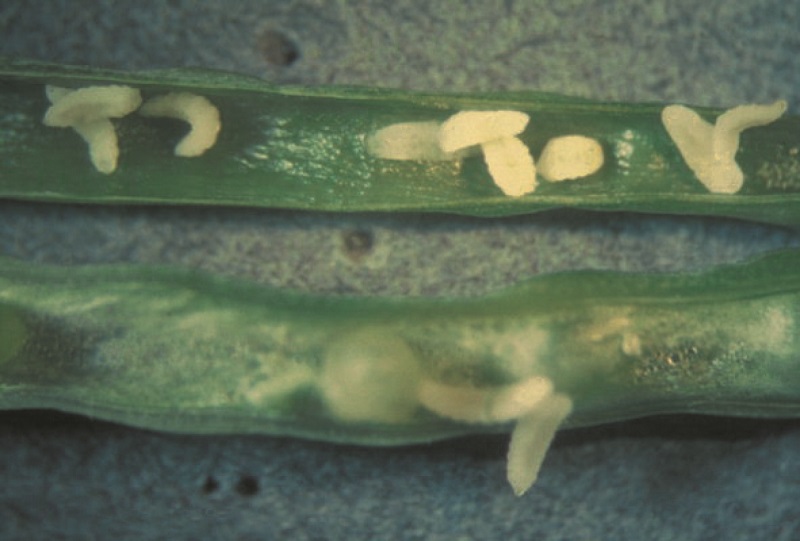
Wintering occurs in the larval stage in a cocoon in the soil of last year’s rapeseed sowing. The revival and departure of the cabbage mosquito is extended in time and lastsfor several weeks, it becomes massive on sunny, warm and calm days. It begins to multiply very quickly – at the age of 1-2 days.
Within 3-4 days, females lay heaps of 15-20 eggs, of which larvae appear after 3-4 days. First, they suck the juice from the cabbage leaves, then they begin to gnaw it, as a result of which the leaves become wrinkled. In wet and warm weather, this causes the core of the leaves to rot.
The danger of the cabbage capsicum mosquito is that it destroys cabbage seedlings. The development of larvae occurs rapidly and after 10-12 days they turn into pupae, this happens in the near-surface layer of the soil. At the beginning of its development, for 2-3 weeks, the pupa needs moisture, so if dry and hot weather sets in during this period, the pupa dies. If this does not happen, then after a month and a half it turns into an adult mosquito. The timing depends on the temperature, however, up to four generations of mosquitoes can appear in the southern regions during the summer.
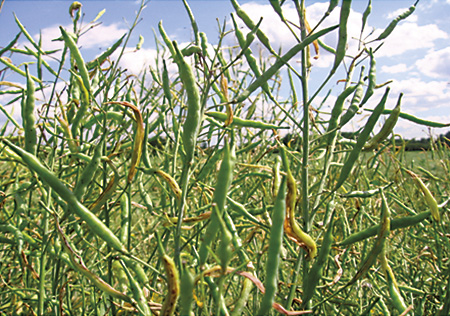
See also:ORCHIDS – ORCHID CARE
Control measures against the cabbage mosquito
The economic threshold of harmfulness is 1 female/10 swings of the net.
The problem is that during the period of rapeseed cultivation there is useful ethno-fauna in the crops. It is necessary to observe spatial isolation and place new crops at least 2 kilometers from last year’s rapeseed crops. Observe crop rotation and return to culture after at least 4-5 years.
Cultivate crops. If there is a threshold number of green cabbage mosquitoes, the edges of the site should be treated, but this should be done in the absence of bees and bumblebees.

